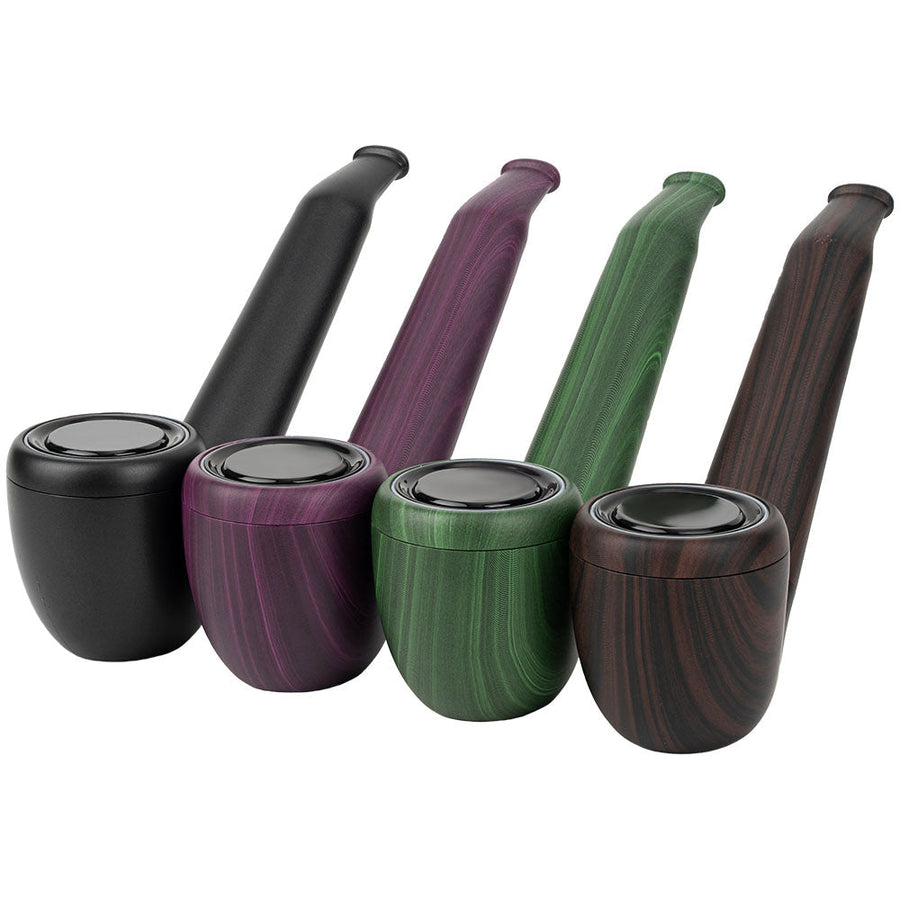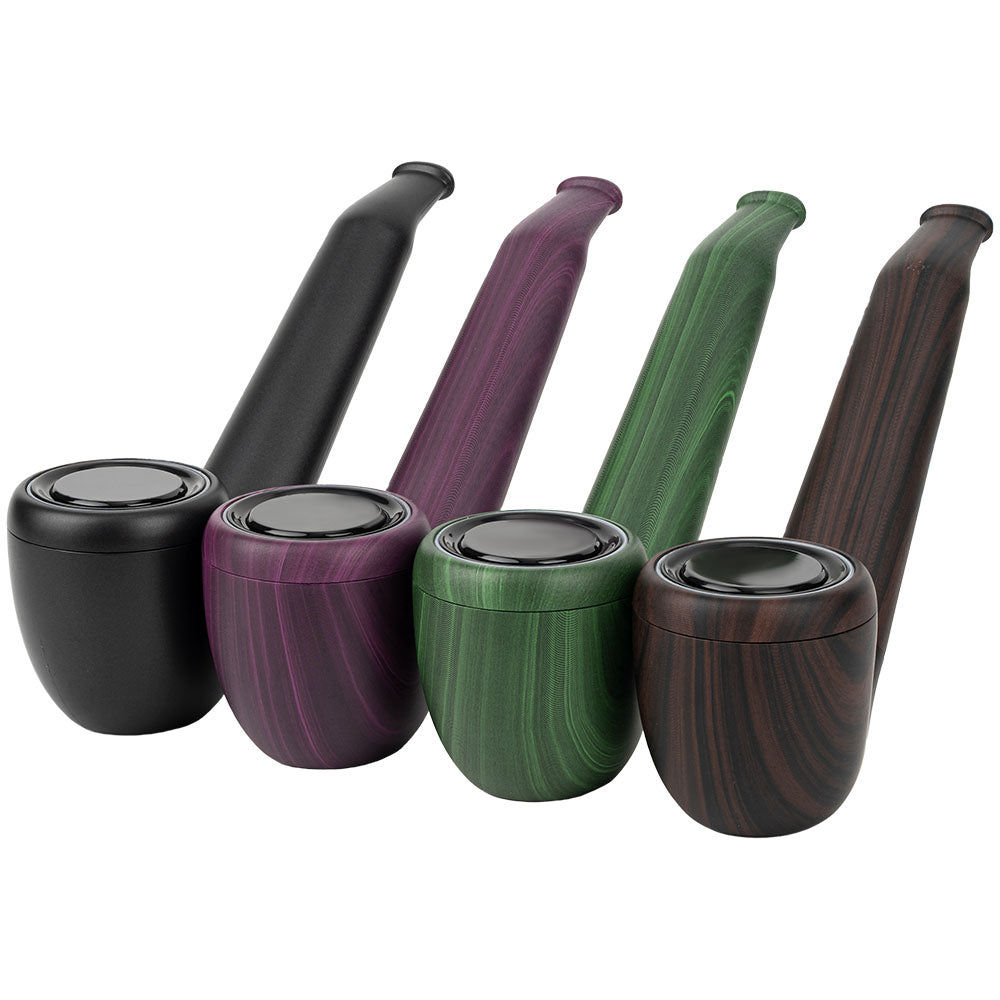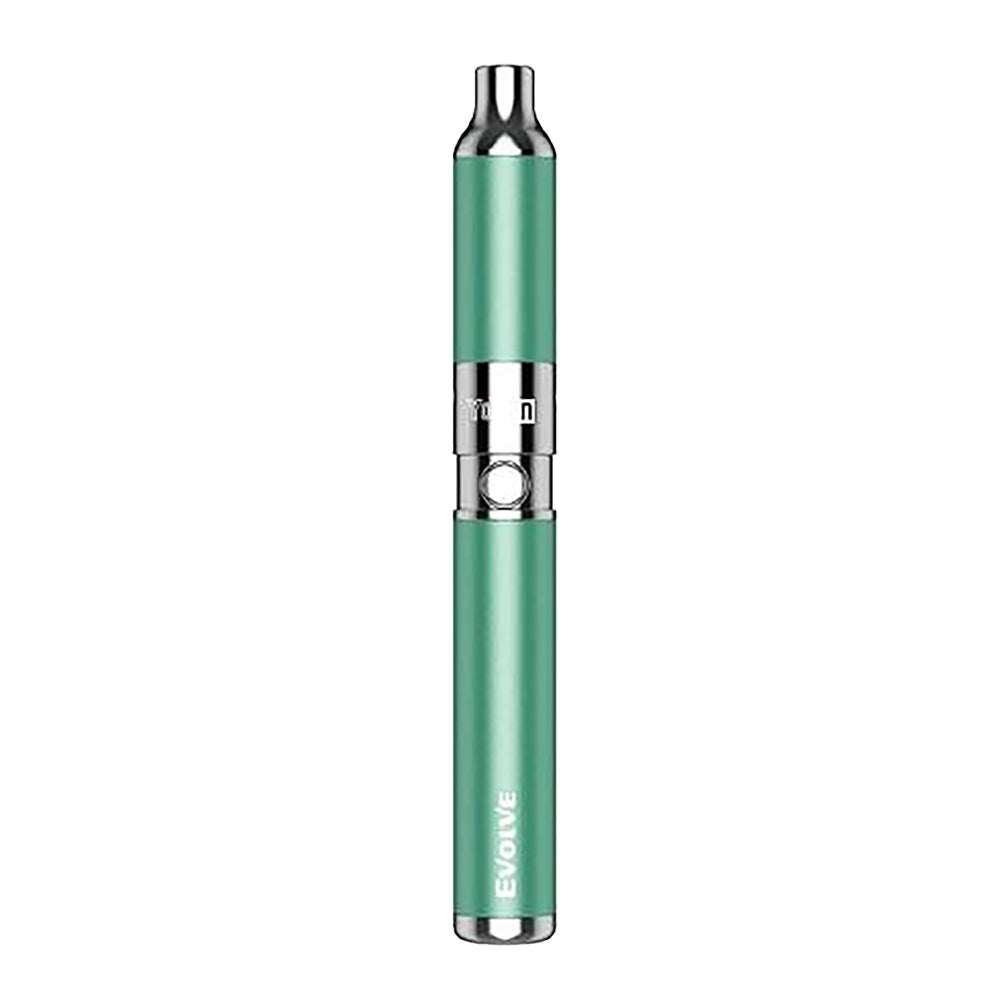What Is Sherlock Holmes Pipe Called? A Comprehensive Guide to His Iconic Smoking Accessory

Ever wondered, what is Sherlock Holmes pipe called? Sherlock Holmes is famous for his detective skills and his unique smoking pipes. These pipes aren't just props; they reflect the character’s deep thinking.
This guide will explain everything about his iconic smoking accessory. Keep reading to learn more!
The Types of Pipes Sherlock Holmes Smoked
Sherlock Holmes enjoyed a variety of pipes, each with its unique style and material. These pipes played a big part in shaping his calm yet thoughtful image.
Clay Pipe
The clay pipe often reveals Holmes's rougher edge. It is called “disreputable” in the books, matching his moody, debate-ready state of mind. Simple yet effective, this pipe suited his deep thinking during tough cases or what he famously called a "three-pipe problem." Its plain design contrasts with the more polished briar and cherrywood pipes.
Holmes used the clay pipe for reflection while smoking tobacco or other substances tied to contemplation. The material gave it a clean taste but made it fragile, showing wear quickly.
Still, its association with mystery and problem-solving cemented its place as one of Holmes’s iconic possessions.
“It is quite a three-pipe problem, and I beg that you won’t speak to me for fifty minutes.” — Arthur Conan Doyle
Briar Pipe
Briar pipes come from the burlwood of the white heath tree. This material makes them durable and heat-resistant, perfect for long smoking sessions. Sherlock Holmes often used a briar pipe during his deep thinking moments.
Its natural wood grain added charm and reflected his sharp character.
Holmes preferred practical tools, and the briar pipe matched this habit. It became one of his main choices for pipe-smoking out of tradition and utility. Burlwood also gave the pipe a smooth finish that suited his thoughtful personality.
Let’s explore another classic choice next: Cherrywood Pipe (often a Churchwarden).
Cherrywood Pipe (often a Churchwarden)
The cherrywood pipe stands out with its long stem, a feature typical of the Churchwarden design. Sherlock Holmes often chose this type during heated arguments or serious conversations.
Its extended length helped cool the smoke while adding an elegant touch.
This pipe reflects Holmes’s thoughtful side and his knack for strategic thinking. He used it in situations that required focus or sharp reasoning. The distinctive craftsmanship of the cherrywood pipe suited these intense moods perfectly, showing how his choice of pipes aligned with his habits and state of mind.
The Calabash Pipe: Myth vs. Reality
The curved Calabash pipe is often tied to Sherlock Holmes, but it never appeared in the original stories. Its fame comes from stage and film adaptations, shaping how many see the detective today.
Associations with Stage and Film Portrayals
The Calabash pipe became tied to Sherlock Holmes through stage and film adaptations. Actors like William Gillette used it in plays from the early 1900s. Its large shape helped with visibility on stage.
It also added a dramatic look, which made it popular in movies.
This pipe, though iconic, never appeared in Conan Doyle’s original stories. Holmes often smoked clay or briar pipes instead. Filmmakers chose the Calabash for its unique curve, making it easy to recognize on screen.
Each adaptation reflects Holmes's mood or habits by using different pipes as symbols of his deep thinking and sharp mind.
Absence in the Original Stories
Stage and film versions linked Holmes to the iconic Calabash pipe. Yet, it never appeared in the original stories by Arthur Conan Doyle. The writings only describe three main pipes: clay, briar, and cherrywood.
His famous cherrywood was often a long Churchwarden style.
A "disreputable" clay pipe gets attention during tense moments in the books. But no mention of tobacco-filled Calabash bowls exists in his cases or personal habits. This omission highlights how fiction on-screen shaped public views more than Doyle's words did about this detective’s smoking tools.
Symbolism of Sherlock Holmes’s Pipes
Sherlock Holmes's pipes reflect his thoughtful nature and deep focus. They became a symbol of his unique way of solving problems.
The Pipe as a Tool for Deep Meditation
Holmes often relied on his pipe to help him reflect and focus. Smoking created a calm space for deep thinking, aiding his introspection and mindfulness. Pipes became more than accessories; they symbolized stillness amid mental chaos.
During disputes, he smoked a well-worn clay pipe, showing his ability to stay grounded in arguments.
The term “three-pipe problem” highlights how much time Holmes devoted to complex cases while puffing away in contemplation. His cherrywood Churchwarden pipe was favored during reflective moments, enhancing the slow pace of thought and helping with disputation or planning.
This ties directly into his personality traits as both analytical and methodical, paving the way for discussing specific designs next.
The "Three-Pipe Problem" Reference
Smoking often marked Sherlock Holmes's thinking process. The "three-pipe problem" showcased his deep contemplation during tough mysteries. He would light three pipes, spending over 50 minutes in intense thought.
This habit reflected his unique way of solving problems with careful reflection and focus.
Pipes symbolized more than relaxation for him; they became tools for investigation and deduction. A cherrywood pipe, often seen during disputes or debates, added to his persona of introspection and clever cognition under pressure.
His connection to substances like cocaine also highlighted his dependence on stimulants while pondering complex cases.
Materials and Design of Holmes's Pipes
Sherlock's pipes came in simple yet unique designs, each made for different moments of thought. The materials used gave them character and reflected his practical nature.
Characteristics of the Clay Pipe
The clay pipe, often called "CREE," stood out for its simplicity and traditional design. Made entirely of fired clay, it had a smooth, pale surface. Its straight stem gave it an old-world look that fit Holmes’s intellectual image perfectly.
Unlike briar or cherrywood pipes, the clay pipe was fragile and less durable. It could break easily if handled roughly.
Holmes used this pipe during his disputatious moods. Its plain style reflected a no-nonsense vibe compared to the fancier briar or cherrywood pipes he preferred at other times. This choice highlighted his deeper thinking moments and added to his unique character traits as a thoughtful investigator.
Features of Briarwood Pipes
Briar pipes use burlwood from the white heath tree. This wood is strong, resists heat well, and lasts a long time. Its porous nature also absorbs moisture, keeping the smoking experience smooth and dry.
The natural grain patterns on briarwood are unique and attractive. Smokers love how it adds to both style and function. These pipes can even bring out better flavors in tobacco compared to other materials.
Distinctiveness of the Cherrywood Pipe
The cherrywood pipe stands out among Sherlock Holmes's collection of smoking accessories. Often crafted in the Churchwarden style, it complements his disputatious mood during arguments.
Its long stem allows for cooler smoke and promotes a sense of calm, aiding his problem-solving process.
This pipe symbolizes contemplation and sharp focus. Holmes often uses it in moments requiring deep thought or discussion. Unlike briar or clay pipes, its unique association with argumentation makes it an essential part of his character traits and behaviors.
Influence of Sherlock Holmes on Pipe Culture
Sherlock Holmes made pipe smoking stylish, inspiring fans and collectors to embrace his iconic look.
Popularity of the Calabash Shape
The Calabash pipe has become a lasting symbol of Sherlock Holmes, even though it never appeared in the original stories. Its curved shape and unique design became famous through stage and film portrayals, adding to its charm.
Actors often used it in adaptations because it looked dramatic and fit well with Holmes’s thoughtful character.
This iconic pipe style gained popularity among collectors and fans of mystery literature. The shape is tied to deep thinking and contemplation, much like the detective himself. It stands out in pipe culture as a nod to intellect, creativity, and classic storytelling.
Modern Pipe Collectors and the Holmes Connection
Sherlock Holmes has left a lasting mark on pipe culture. His use of pipes like clay, briar, and cherrywood represents tradition and craftsmanship. Many collectors admire these styles for their vintage feel and connection to the famous detective.
The long-stemmed Churchwarden pipe, often linked with heated debates, adds an element of nostalgia.
Modern collectors focus on details inspired by his iconic accessories. Pipes resembling those used by Holmes bring a sense of character and history to any collection. The cherrywood design especially stands out as both practical and symbolic in its association with deep thinking and problem-solving moments from the stories.
Exploring Modern Sherlock Pipes
Modern Sherlock pipes include updated versions of clay, briar, and cherrywood styles. Many still link the Churchwarden shape to contemplation and deduction, reflecting Holmes’s iconic problem-solving moments.
Pipe makers today focus on combining classic designs with smoother smoke experiences.
Fans of Holmes often collect these pipes for their symbolism and style. The tobacco culture influenced by his character keeps evolving as new smokers embrace tradition with a modern twist.
These pipes remain timeless tools for relaxation or thoughtful reflection.
Conclusion
Sherlock Holmes's pipes are more than just smoking tools. They show his style, habits, and brilliant mind. From clay to briar to cherrywood, each pipe has a story. The Calabash shape popularized his image on stage and screen.
His pipes remind fans of deep thinking and timeless mystery-solving.
FAQs
1. What is the name of Sherlock Holmes' pipe?
Sherlock Holmes is famously associated with a "calabash" pipe, though it wasn’t mentioned in Arthur Conan Doyle’s original stories. The curved shape became iconic through stage and film adaptations.
2. Did Sherlock Holmes use other types of pipes?
Yes, in the original books, he used different pipes like a briar pipe and a clay pipe. These were described during various moments in his investigations.
3. Why did the calabash pipe become so iconic for Sherlock Holmes?
The calabash pipe gained fame because actors playing Holmes on stage chose it for its dramatic look and practicality. Its large bowl made it easier to handle while delivering lines.
4. Was smoking important to Sherlock Holmes’ character?
Yes, smoking was central to his character as it symbolized deep thought and problem-solving. He often smoked while analyzing clues or pondering cases.






![Vessel Helix Pipe [Copper] - Headshop.com](http://www.headshop.com/cdn/shop/files/ad3c0443-b76d-4fe5-84b8-a617dd50a950.jpg?v=1747419387&width=900)
![Vessel Helix Pipe [Copper] - Headshop.com](http://www.headshop.com/cdn/shop/files/7b0e06e3-9106-4684-80e4-408362c34085.jpg?v=1747419388&width=1000)
![Vessel Wood Vape Pen Battery [White/Beechwood] + - Headshop.com](http://www.headshop.com/cdn/shop/files/4ecd5d0f-363a-454e-a7a0-229fb93bf456.jpg?v=1725470645&width=900)
![Vessel Wood Vape Pen Battery [White/Beechwood] + - Headshop.com](http://www.headshop.com/cdn/shop/files/d232e493-09e6-4574-b44c-3e2bde9425b4.jpg?v=1725470647&width=1000)


![Vessel Compass Apex Charger [Black] - Headshop.com](http://www.headshop.com/cdn/shop/files/f10e6bf4-6ce7-4a59-a50e-a4184f069754.jpg?v=1729115238&width=900)
![Vessel Compass Apex Charger [Black] - Headshop.com](http://www.headshop.com/cdn/shop/files/dce98c70-346c-405f-aca8-d59c7feed96d.jpg?v=1729115240&width=1000)


![Vessel - Helix [Black] Vessel - Helix [Black]](http://www.headshop.com/cdn/shop/files/Helix_Black_Front_1.jpg?v=1744308128&width=600)
![Vessel - Ember [Gold] Astray Vessel - Ember [Gold] Astray](http://www.headshop.com/cdn/shop/files/20220106_EMBER_BRASS.jpg?v=1744309601&width=600)
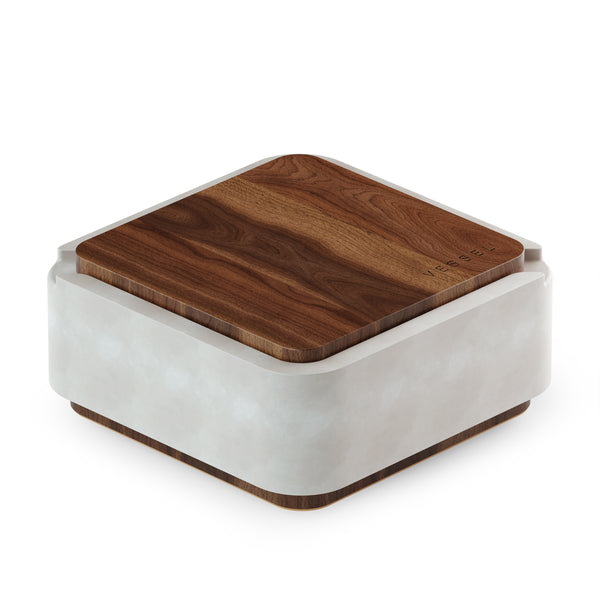
![Vessel Helix Pipe [Black] Vessel Helix Pipe [Black]](http://www.headshop.com/cdn/shop/files/Pipe_Black_Angle.jpg?v=1744306153&width=600)
![Vessel Pipe [Maritime] Vessel Pipe [Maritime]](http://www.headshop.com/cdn/shop/files/Pipe_Blue_Closed_982a0d7d-3acb-48ed-96ce-76b7acbe3677.jpg?v=1744306295&width=600)
![Vessel Element Hand Bubbler [Black] Vessel Element Hand Bubbler [Black]](http://www.headshop.com/cdn/shop/files/Element-Product-Listing-Images2.jpg?v=1744306952&width=600)
![Vessel Pipe [Maritime] - Headshop.com](http://www.headshop.com/cdn/shop/files/Pipe_Blue_Closed_982a0d7d-3acb-48ed-96ce-76b7acbe3677.jpg?v=1744306295&width=900)
![Vessel Pipe [Maritime] - Headshop.com](http://www.headshop.com/cdn/shop/files/Pipe_Blue_Open_d28f56b9-f5af-45fe-9636-ae8f20aec6f3.jpg?v=1744306297&width=1000)
![Vessel - Helix [Maritime] - Headshop.com](http://www.headshop.com/cdn/shop/files/Helix_Maritime_Front_1.jpg?v=1744307885&width=900)
![Vessel - Helix [Maritime] - Headshop.com](http://www.headshop.com/cdn/shop/files/Helix_Maritime_Front_2.jpg?v=1744307928&width=1000)
![Vessel Pipe [Emerald] - Headshop.com](http://www.headshop.com/cdn/shop/files/231c9f1f-11ba-4db3-aa3d-29b786d02e7f.jpg?v=1744745505&width=900)
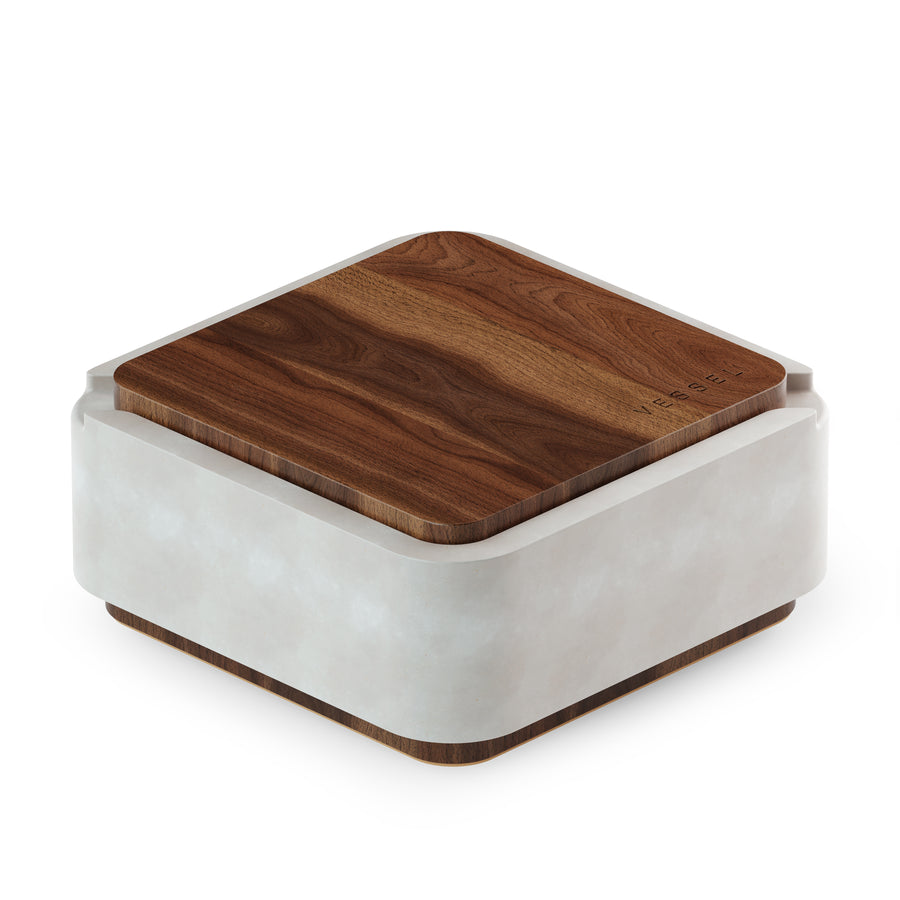
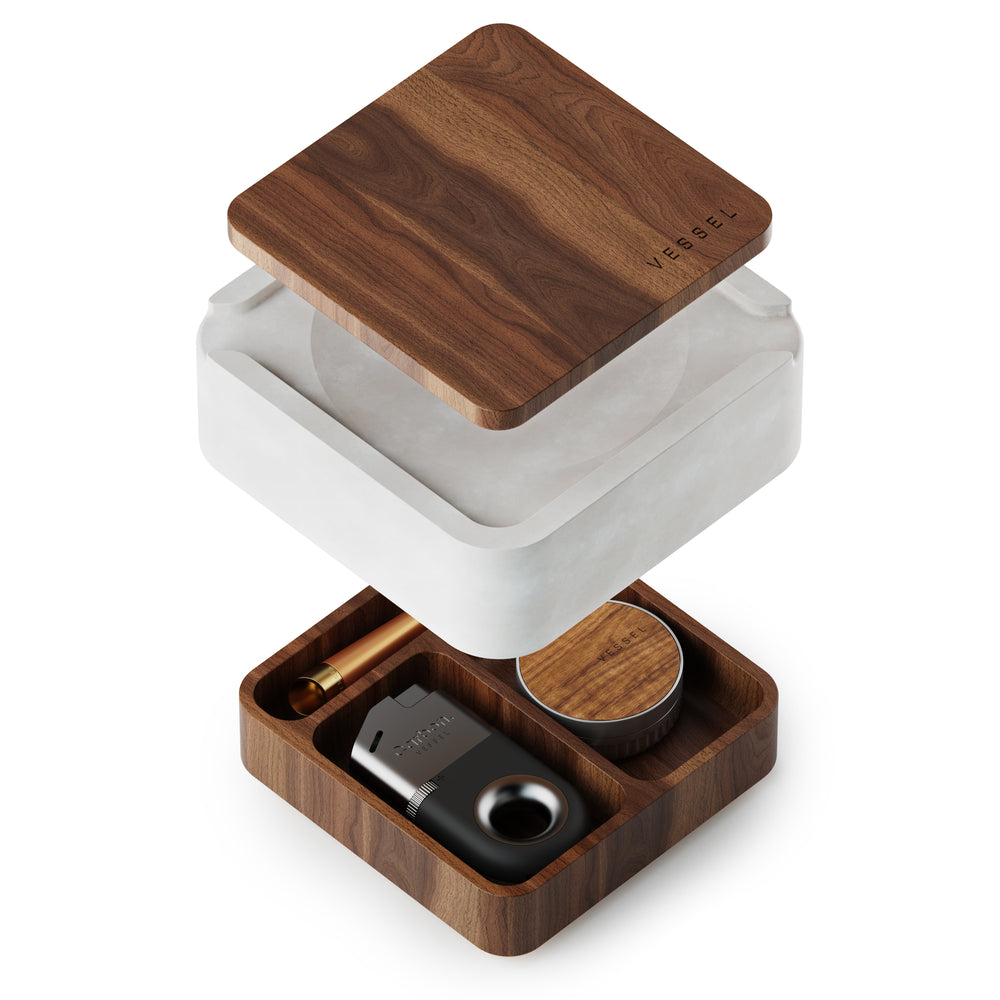
![Vessel Compass Rise [Obsidian] - Headshop.com](http://www.headshop.com/cdn/shop/files/631009c0-e68c-4238-9a63-73f14dd1117f.jpg?v=1717545548&width=900)
![Vessel Compass Rise [Obsidian] - Headshop.com](http://www.headshop.com/cdn/shop/files/a12c8ff4-4bee-4dc9-b697-542f6130e46e.jpg?v=1717609092&width=1000)


